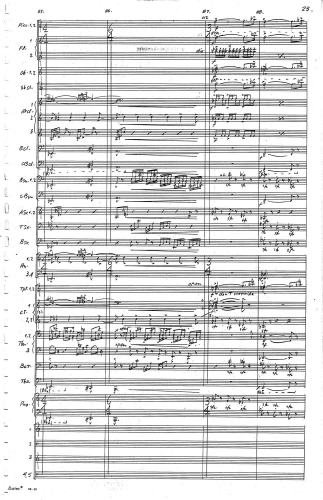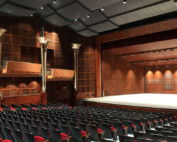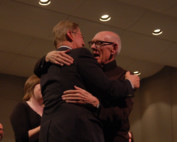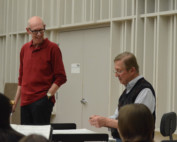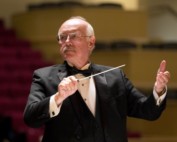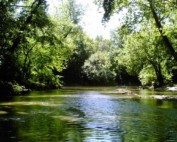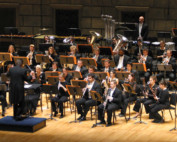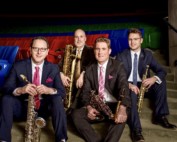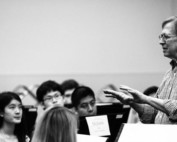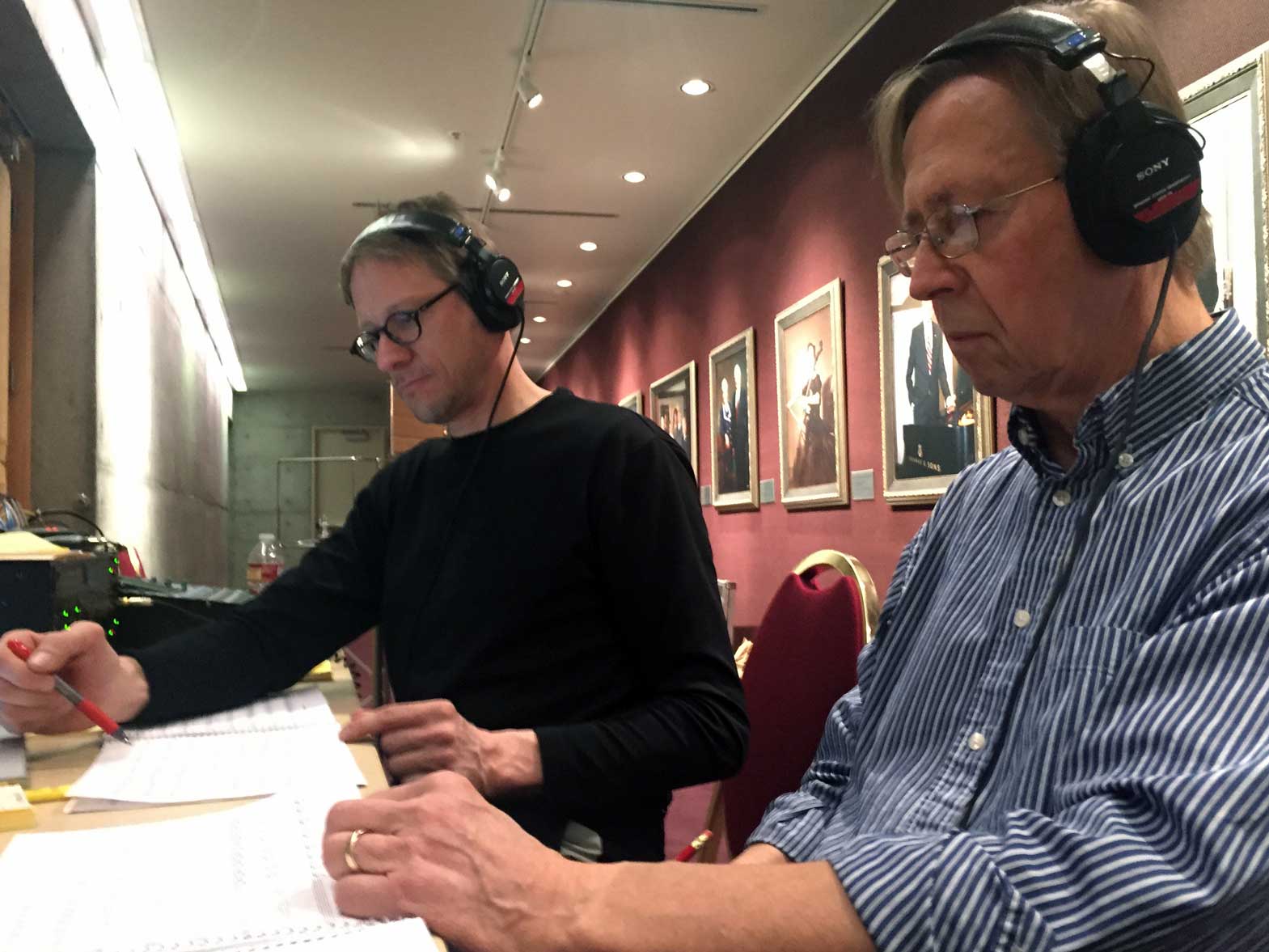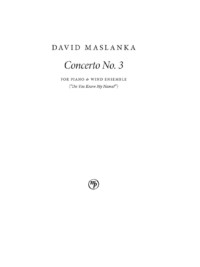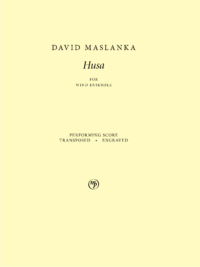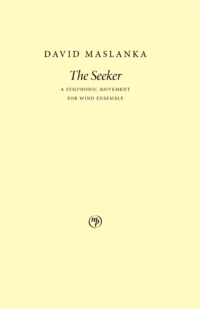Project Description
Wind Ensemble
1986
35 min.
Listen Now
University of Massachusetts at Amherst Wind Ensemble, Malcolm W. Rowell, Jr., cond.
On the album, Wind Music of David Maslanka (1996)
Instrumentation
Picc-2 Fl-2 Ob-2 EbCl BbCl-3 BCl CbCl Bsn-2 Cbsn ASx-2(1»SSx) TSx BSx | Hn-4 Tpt-2(1,2»FTpt) BbCor-3 Tbn-2 BTbn-3 Bar Tuba | Pno Perc-5
- Piccolo (2)
- Flute (2)
- Oboe (2)
- Clarinet in E♭
- Clarinet in B♭ (3)
- Bass Clarinet in B♭
- Contrabass Clarinet in B♭
- Bassoon (2)
- Contrabassoon
- Alto Saxophone in E♭(2) (A.Sx.1 dbl B♭ Soprano Saxophone in 2nd mvmt)
- Tenor Saxophone in B♭
- Baritone Saxophone in E♭
- Horn in F (4)
- Trumpet in B♭ (2) (1,2 dbl F Trumpets)
- Cornets in B♭ (3)
- Trombone (2)
- Bass Trombone (3)
- Baritone
- Tuba
- Piano
- Required Percussion (5 players)
- Xylophone (2)
- Snare Drum (3 sm., 3 med.)
- Anvil (3)
- Wood Block (1 sm., 1 med., 3 lg.)
- Tom-toms (2 med., 2 lg.)
- Bongos (5)
- Temple Blocks (3)
- Brass Bell (sm., any pitch)
- Vibraphone
- Tenor Drum (3)
- Bass Drum (4)
- Suspended Cymbal (2 sm., 1 med., 2 lg.)
- Glockenspiel
- Gong (2 sm., 2 med.)
- Bell Plate (2 sm., 3 lg.)
- Crash Cymbals
- Tam-Tam
- Tambourine
- Triangle (1 sm., 1 lg.)
- Stainless Steel one-quart mixing bowls (6) (see description and instructions following P. 57 in the score; If necessary, substitute a chromatic set of Antique Cymbals.)
Movements
- Moderato
- “Deep River”
- Allegro Molto
Commissioned by
Commissioned in 1983 by the Big Ten Band Directors Association. It is dedicated with respect and affection to H. Owen Reed on the occasion of his 75th birthday.
Premiere
[Complete] 27 February 1987 by the Northwestern University combined Symphonic Band and Symphonic Wind Ensemble, John P. Paynter, cond. at the 1987 CBDNA National Conference, Evanston, Illinois.
Completion
Program Note
Program Note (2016)
Nearly thirty years have passed since the premiere of Symphony No. 2, the first of my seven symphonies for wind ensemble. In that time I have come to recognize that issues of transformation are at the heart of my work, initially my personal issues of loss, grief, and rage, then knowing that my own change is the start for some element of outward movement, for change in the world. This is a long, slow process, but it is the requirement of our time. The crux of Symphony No. 2 i s the river metaphor of the second movement: crossing over to the other side … death, yes, but also movement away from ego/self and toward compassion.
Everyone knows that we are living in a seriously dangerous time. For me, Symphony No. 2 was my first awareness in artistic terms that this is the case. Nearly sixty years ago African writer Chinua Achebe wrote the renowned novel, Things Fall Apart. Chronicling the destruction of one life he hit upon what we must do to regain our balance: return to our deepest inner sources for sustenance and direction; return to the tradition of the art community: people selected and set apart to dream for the community as a whole. If art is worth anything it is this: it brings us back to dream time and the inner voice. It lets the heart speak, giving us answers that we cannot reach in any other way. This is why we make music.
Program Note (1986)
Symphony No. 2 was commissioned by the Big Ten Band Directors Association in 1983. I was asked to write a major work for full band. The Symphony was given its premiere at the 1987 CBDNA Convention in Evanston, Illinois. The performing group was the combined Symphonic Band and Symphonic Wind Ensemble of Northwestern University under the direction of John P. Paynter.
The first movement is in sonata form. It travels with gathering force to a climax area halfway through, and then dissolves suddenly into a heated fantasia. A very simple restatement of the opening theme and a brief coda finish the movement. This music is deeply personal for me, dealing with issues of loss, resignation, and acceptance.
The second movement opens with an arrangement of “Deep River,” a traditional African-American melody. The words of the song read in part: “Deep River, my home is over Jordan. Deep River, Lord, I want to cross over to camp ground.” The composition of this movement involved for me two meaningful coincidences. The body of the movement was completed, and then I came across Deep River while working on another project. The song and my composition fit as if made for each other, so I brought the song into the Symphony. The last notes were put onto the score of this movement almost to the hour of the space shuttle Challenger disaster. The power of these coincidences was such that I have dedicated this music to the memory of the astronauts who lost their lives: Francis R. Scobee, Michael J. Smith, Judith A. Resnick, Ellison S. Onizuka, Gregory B. Jarvis, and Christa McAuliffe.
The finale of this Symphony is once again in sonata form. There are three broad theme areas occupying more than a third of the movement, a development based primarily on themes one and three, a recapitulation (minus the third theme area) , and a brief coda. The underlying impulse of this movement is an exuberant, insistent outpouring of energy, demanding a high level of playing precision and physical endurance from the performers.
Further Reading
From the Maslanka Archive – No. 34, Julian Velasco’s Interview of Gary Green
From the Maslanka Archive features media and stories of David's life and work. This week, we are excited to feature Julian Velasco's interview of Gary Green from the Wharton Center in East Lansing, MI from October 24, 2017.
Maslanka Weekly: Best of the Web – No. 98, New and Classic Recordings of David’s Symphonies
Maslanka Weekly highlights excellent performances of David Maslanka’s music from around the web. This week, we feature two new performances of favorite symphonies: Symphony No. 4, Symphony No. 7, and the recording of the premiere performance of "Allegro Molto" from Symphony No. 2.
From the Maslanka Archive – No. 5, Gregg Hanson’s Letter “Moments”
From the Maslanka Archive features media and stories of David's life and work. This week, we are excited to feature a letter written by Gregg Hanson entitled Moments.
From the Maslanka Archive – No. 1, Gregg Hanson’s Retirement Concert
From the Maslanka Archive features media and stories of David's life and work. This week, we feature David's longtime champion, Gregg Hanson, and a performance of Symphony No. 2 from Gregg's retirement concert from The University of Arizona in 2016.
Maslanka Weekly: Best of the Web – No. 52, Premiers
Maslanka Weekly highlights excellent performances of David Maslanka’s music from around the web. This week, we feature recordings and/or videos of three of David's premiers: Saint Francis, Symphony No. 2, and Hurtling Through Space at an Unimaginable Speed.
Maslanka Weekly: Best of the Web – No. 47, Rivers
Maslanka Weekly highlights excellent performances of David Maslanka’s music from around the web. This week, we feature three of David’s compositions that make reference to a river: Symphony No. 9, Movement I, "Shall We Gather at the River," Symphony No. 2, Movement II, "Deep River," and Symphony No. 10: The River of Time, Movement II, "Mother and Boy Watching The River of Time."
Maslanka Weekly: Best of the Web – No. 33, The Eastman Wind Ensemble
Maslanka Weekly highlights excellent performances of David Maslanka’s music from around the web. This week, we feature the Eastman Wind Ensemble in rousing performances of Symphony No. 8, Mvt. I, Tears, and Symphony No. 2.
Maslanka Weekly: Best of the Web – No. 10, The Saxophone Ensemble & The Wind Ensemble
Maslanka Weekly highlights excellent performances of David Maslanka’s music from around the web. This week, amazing performances of Concerto for Saxophone Quartet and Wind Ensemble, Hell's Gate, and Symphony No. 2, Movement II.
David Maslanka: Works for Younger Wind Ensembles
Here are more than twenty works for wind ensemble, arranged in approximate ascending order of difficulty, with commentary by David Maslanka
Recording the Wind Ensemble Music of David Maslanka
Mark Morette of Mark Custom Recording shares his extensive experience in recording wind ensembles.
Thoughts on Composing
Excerpts from letters to young composers You ask about the soul nature of music, and are music and soul the same thing. Music is one of the expressions of soul. A person does not have [...]
